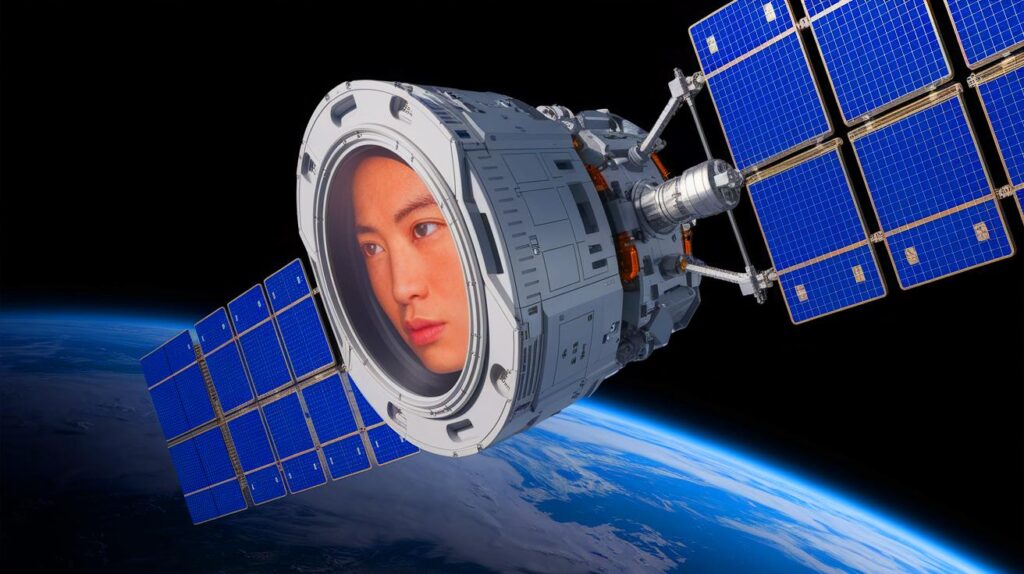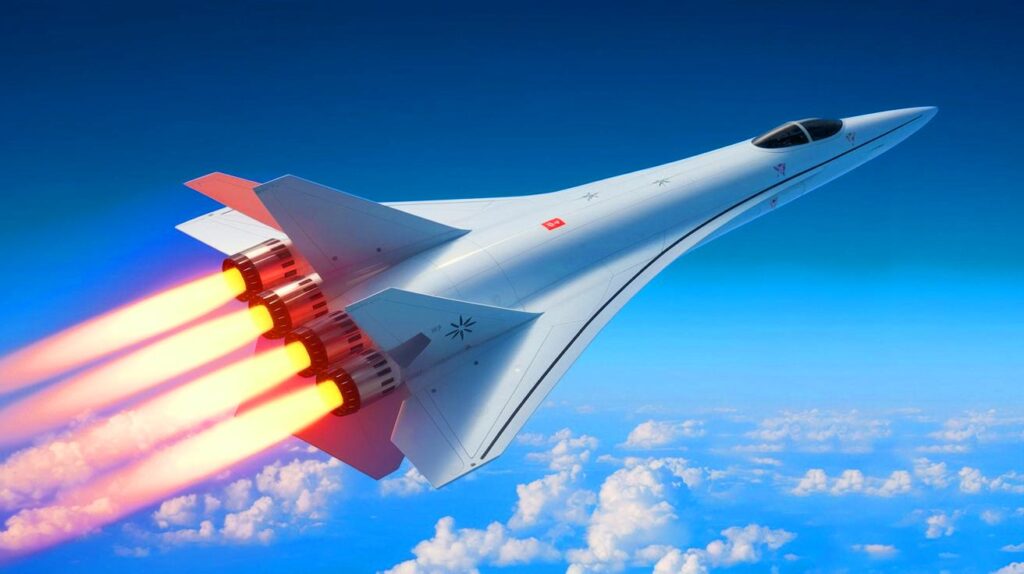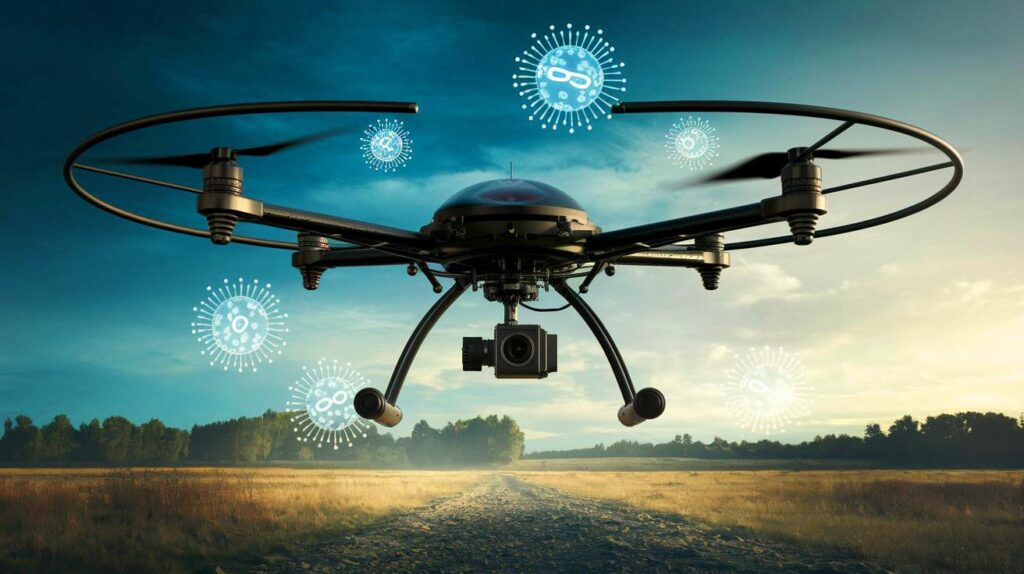| In Brief |
|
Technological advancements in space surveillance continue to astound the world. Recently, China developed a satellite equipped with laser imaging technology capable of capturing human facial details from over 100 kilometers away. This technological leap paves the way for various applications, including detailed surveillance of foreign satellites. How could this innovation change our understanding and utilization of space?
An Unprecedented Technological Breakthrough
Chinese scientists have created technology that far surpasses traditional spy cameras and conventional telescopes. This new technology offers a performance increase of over 100 times, according to a report from the South China Morning Post. The satellite employs a system based on synthesized aperture lidar (SAL), which enables the creation of images in two or three dimensions. This system leverages the movement of an object, such as a satellite, to produce images with much finer resolution than classical beam-scanning radar systems. The key to this advancement lies in the use of optical wavelengths, which are significantly shorter than microwaves, resulting in clearer images. This innovation could redefine standards in space surveillance by allowing observation of previously undetectable details.
Promising Tests Over Qinghai Lake
To test this groundbreaking technology, researchers conducted experiments over Qinghai Lake, located in northwestern China. The SAL system detected details as small as 1.7 millimeters from a distance of 101.8 kilometers. In comparison, a 2011 test conducted by Lockheed Martin achieved a resolution of 2 centimeters at just 1.6 kilometers. The technical feat of the Chinese researchers lies in splitting the laser beam through a 4×4 micro-lens array, thereby increasing the optical aperture of the system. This development successfully overcomes the traditional trade-off between field of view and aperture size, a long-standing limitation for camera systems. The tests were held under nearly perfect weather conditions, emphasizing the importance of the environment in the system’s performance.
Potential Applications of SAL Technology
The applications of this technology are numerous and promising. Besides satellite surveillance, it could be utilized for much more detailed scientific research and Earth observation activities. It may also play a crucial role in national defense and security, providing unprecedented surveillance capabilities. The use of optical wavelengths not only leads to clearer images but also addresses certain technical challenges related to material penetration. However, it is essential to consider that this technology might also raise concerns regarding privacy and international security. The implications of these advanced surveillance capabilities need to be carefully examined and regulated.
Challenges and Future Outlook
Despite its impressive successes, SAL technology is not without challenges. Weather conditions and atmospheric obstacles can affect the system’s accuracy and reliability. The need for optimal conditions for maximum performance is a potential barrier to widespread application. Nonetheless, researchers remain optimistic about the continuous improvement of this technology. Efforts are underway to adapt the system to varied conditions, expanding its potential for use. How will this technology influence the evolution of surveillance and space observation systems in the coming years? The answers to this question could redefine our relationship with space and technology.
As China continues to push the boundaries of technological innovation, this development demonstrates the enormous potential of advanced imaging systems to transform our understanding of the world. What will be the next step in this race for cutting-edge technology, and how might these new capabilities impact our daily lives and perceptions of surveillance?








